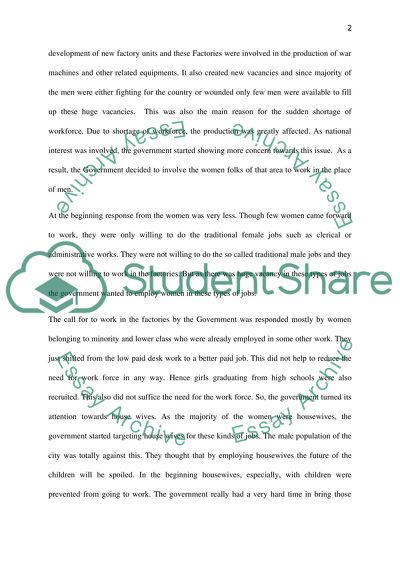Cite this document
(“Detroit women working in war industries (WWII) Research Paper”, n.d.)
Retrieved from https://studentshare.org/history/1463083-detroit-women-working-in-war-industries-wwii
Retrieved from https://studentshare.org/history/1463083-detroit-women-working-in-war-industries-wwii
(Detroit Women Working in War Industries (WWII) Research Paper)
https://studentshare.org/history/1463083-detroit-women-working-in-war-industries-wwii.
https://studentshare.org/history/1463083-detroit-women-working-in-war-industries-wwii.
“Detroit Women Working in War Industries (WWII) Research Paper”, n.d. https://studentshare.org/history/1463083-detroit-women-working-in-war-industries-wwii.


